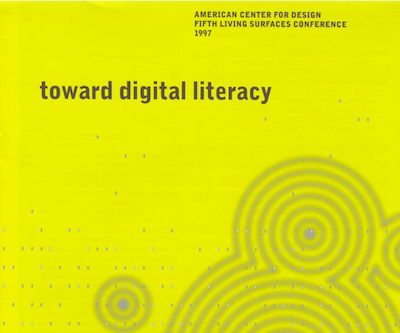Challenging the Assumptions of Technology as an Automator - Dr. Lucy Suchman
Written by Erin Malone
The method of observing people working with equipment was commonplace before Lucy Suchman began her work at Xerox. In the 1930s, Lillian Gilbreth and her husband had been using observation and film to optimize worker productivity and efficiency. The field of Human Factors, which evolved during World War II, focused on scientists and psychologists using their understanding of cognitive psychology and ergonomics to influence the design and development of machines and how people worked with them.
Suchman’s interest was different—it wasn’t about efficiency or optimization. What she was interested in understanding were both the interactions between humans and machines as well as between technicians and new interactive screens on these machines. Her work as an anthropologist dug into corporate workflow ideas in ways that hadn’t been done before and challenged the assumptions of the computer scientists that technology could automate all processes by following specified plans and procedures.
The idea of embodied cognition—understanding through doing—related to technology and interactions between people and computers was new at the time. Today, we explore work processes and interaction flows through techniques like Bodystorming and embodied interactions where designers act out the experience of the technology flow between machine and person, but 40 years ago this was unheard of outside of education or performing arts circles.
Suchman's early work culminated in the book Plans and Situated Actions: The Problem of Human-machine Communication (1987) and demonstrated how both action and planning were situated in the context of an interaction flow of technology mediated activities. Her studies contrasted the contemporary view that the computer scientists working on artificial intelligence held at the time, that people made plans and made sense of the workflow based on those plans. For example, a photocopier will instruct its user to reload all pages in the original order after a jam, whereas the user understands that they only need to copy the last page again.[1] By arguing that a user’s plans were the result of ongoing sensemaking based on the context of the situation in the moment, Suchman identified the limits of how technology supports human work, and laid the groundwork for corporate ethnography influencing the design of technology.
Suchman describes the artifacts she studied to understand the relationships between the two.
“This basic idea, that a self-explanatory artifact is one whose intended purpose is discoverable by the user, is presumably as old as the design and use of tools. With respect to computer-based artifacts, however, the notion of a self- explanatory artifact has taken on a second sense: namely, the idea that the artifact might actually explain itself in something more like the sense that a human being does. In this second sense the goal is that the artifact should not only be intelligible to the user as a tool, but that it should be intelligent—that is, able to understand the actions of the user, and to provide for the rationality of its own.”[2]
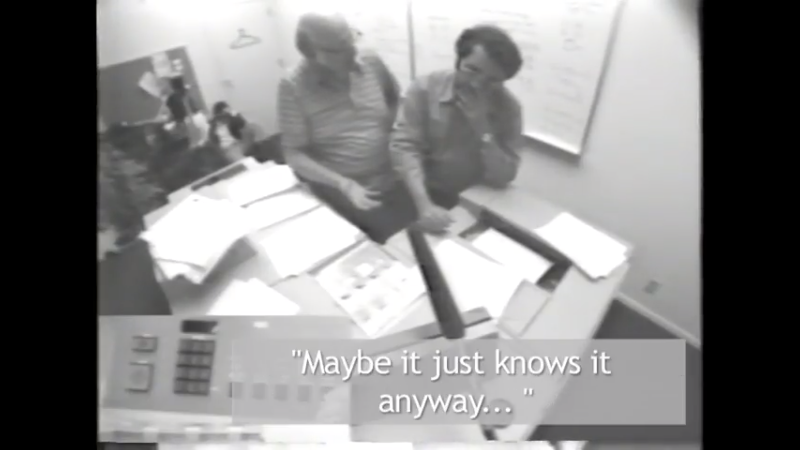
In 1983, PhD student in Anthropology, Lucy Suchman, and Austin Henderson set up video to capture people using the brand new Xerox high-speed copiers and try to figure out the instructional screens compared to what they were actually doing.
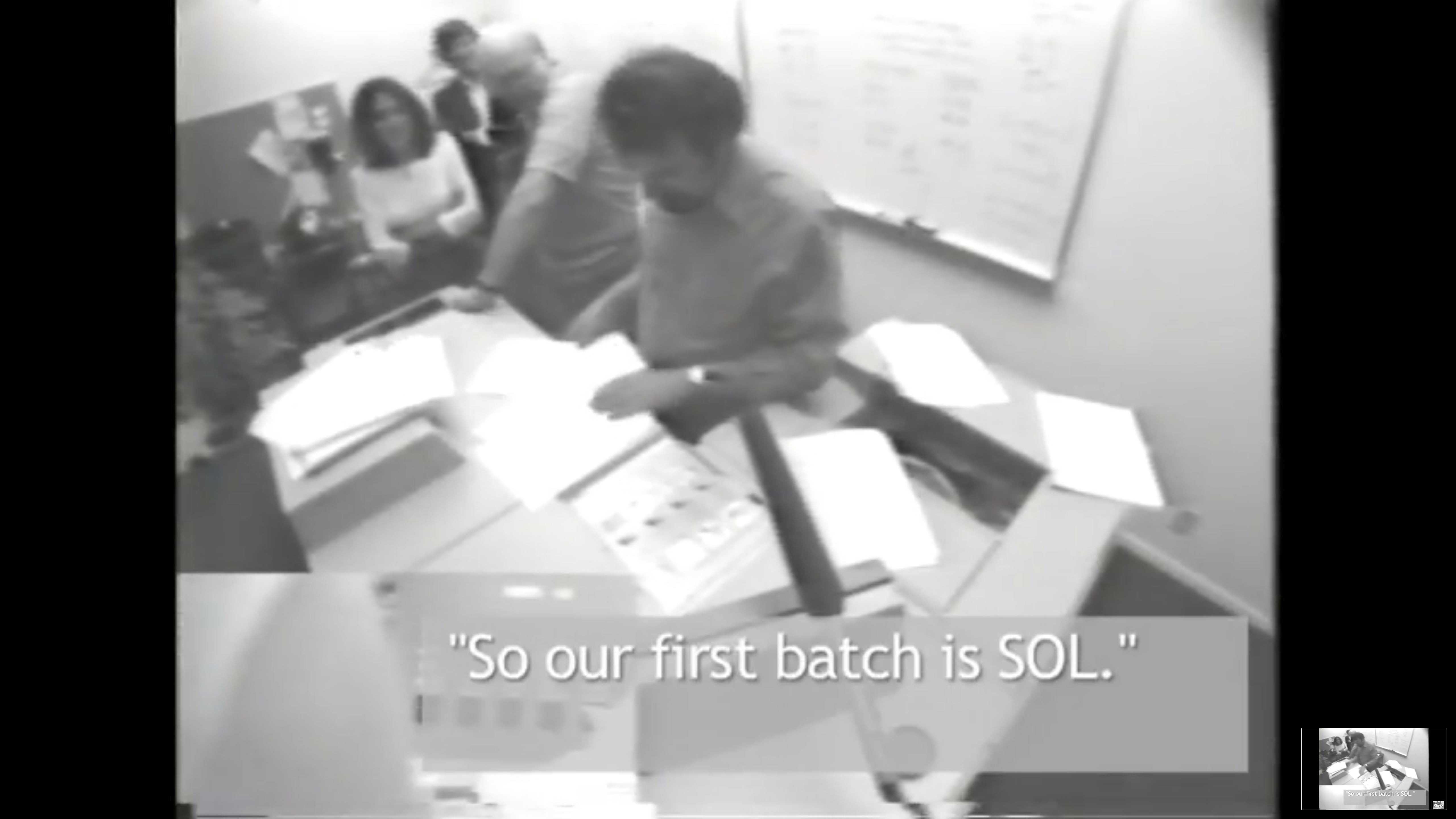
Original video of this study can be found on YouTube.
Originally from upstate New York, Lucy Suchman studied Anthropology at the University of California, Berkeley, obtaining her BA in 1972, her MA in 1977, and her Doctorate in Social and Cultural Anthropology in 1984. She began conducting anthropological research studies at Xerox in the 1970s first as a research assistant to another anthropologist, Eleanor Wynn, and then as a summer intern and eventually, by 1989, as a Principal Scientist and co-founder of the Work Practice and Technology research group at PARC.
In this groundbreaking project at Xerox, Suchman and her colleagues set up one of the company's new Xerox machines that had reportedly been causing customers usability problems. They outfitted the space with video cameras so that they could watch people trying to use the machine with the interactive screens that were supposed to coach people and provide instructional help. Suchman’s work studying groups of people at work with technology essentially created a new field. According to Beth Abramson, PhD and Associate Professor of Psychology and Computer Sciences at Rutgers University, “Suchman then extended this insight in a way that created a new field of research. She took the position that interactive systems need to match the context-driven way in which people use technologies in their work environments. As a result, she developed the methodology of ethnographically based design. In this method, working prototypes are developed and designers follow users to see what their work and their work contexts are like, as users try out the prototypes in their daily work environments.”[3]
Suchman’s book, which was also her PhD dissertation, was published at a key moment at the beginning of the fields of human-computer interaction, artificial intelligence, and of scholars studying technology and machines; it was highly influential across these fields and in the convergence of working designers and researchers within corporate environments.[4] Suchman comments in a 1999 interview, “I was looking at the problems of figuring out how to operate an unfamiliar machine….I ended up doing my dissertation about their project, on the assumptions that were built into the expert system, and then what happened when people actually tried to use the machine with the expert system as a coach, and the kinds of persistent problems that didn’t go away. This interface was based on a planning model of AI, that what people are doing when they’re acting is they’re carrying out a plan…. The expert system was basically trying to anticipate the goal.” She went on to say, “I was arguing that the planning model doesn’t really capture how it is that people get from point A to point B. Definitely people make plans, they refer to them, plans are useful in all sorts of ways, but...it doesn’t literally get you from here to there. It’s something you refer to along the way, but you must actively bring it to bear on the circumstances that you’re confronting, and that’s what people were doing. The expert system had such a limited access to what people were actually doing that it was unable to follow their actions just by assuming that they were carrying out a plan.”[5]
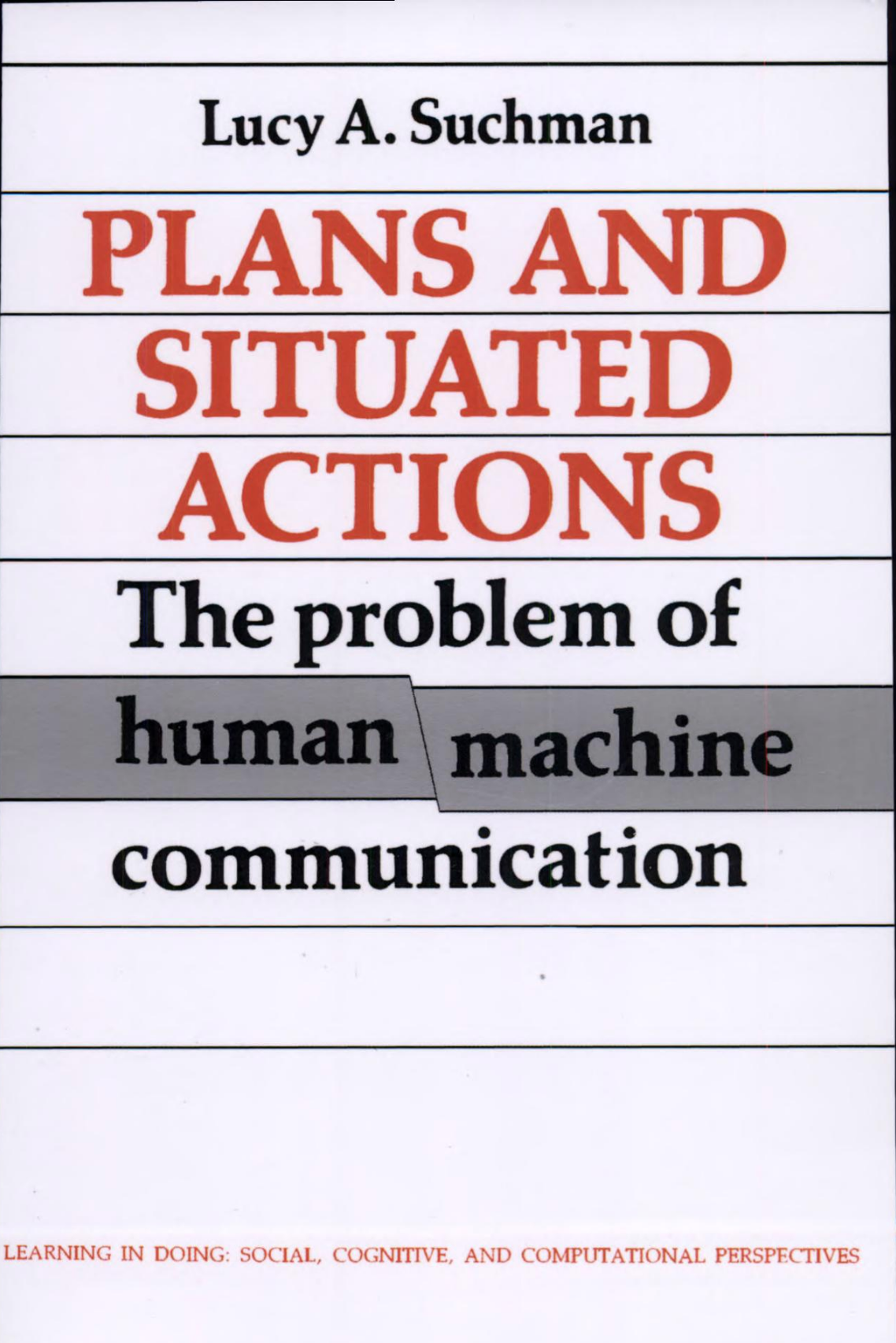
Book cover for the 1st edition of Plans & Situated Actions, the outcome of Suchman's dissertation. She released an updated and annotated 2nd edition in 2007.
After the initial Xerox copier project, Suchman was able to form the Work Practice and Technology group and to hire other researchers. It was during the early stages of the group that she was collaborating with the Scandinavian research community and brought the concepts of participatory design into the practice. “That was tremendously exciting because it gave me a way to move from being a critic to having a proactive alternative agenda, which said, we can really develop technologies in a way that is informed by these kinds of studies, and here’s a model for how to do that.”[6]
The group later worked with Caltrans and with the San Jose Airport. They were able to not only study people working with hardware and technology, but to prototype concepts and watch the workers using the prototypes in context and continually make improvements to the systems and workflows. “Our group has had not only anthropologists but also computer scientists. Having such a team allowed us to actually build things, and that made a tremendous difference.”[7]
Across Silicon Valley, both hardware and software companies continue to hire and embed within their design teams anthropologists, ethnographic researchers, and other social scientists to understand customers and their interactions with their technologies.
After 22 years at Xerox PARC, Suchman left in 1999 and went into academia in the Sociology Department and the Center for Science Studies at Lancaster University in the UK. She published a second edition of her book under the title Human-Machine Reconfigurations, which includes an annotated version of the first book along with several chapters of new and updated material examining developments since the mid-1980s in computing and social studies of technology.
Footnotes:
[1] Noah Wardrip-Fruin and Nick Montfort, eds., The New Media Reader (MIT Press, 2003), 600–611.
[2] Lucy A Suchman, Plans and Situated Actions: The Problem of Human-Machine Communication (Palo Alto, California: Xerox, 1985).
[3] Beth Adelson, “Bringing Considerations of Situated Action to Bear on the Paradigm of Cognitive Modeling: The 2002 Benjamin Franklin Medal in Computer and Cognitive Science Presented to Lucy Suchman,” Journal of the Franklin Institute 340, no. 3–4 (May 2003): 283–92, https://doi.org/10.1016/s0016-0032(03)00046-2.
[4] Ulrike Felt et al., eds., The Handbook of Science and Technology Studies (Cambridge, Massachusetts: The MIT Press, 2017), 183–85.
[5] Lucy Suchman, Conversation with Lucy Suchman, interview by Claus Otto Scharmer, Presencing Institute, August 13, 1999, https://web.archive.org/web/20120506004023/http://www.presencing.com/presencing/dol/Suchman-1999.shtml.
[6] Ibid
[7] Ibid
Bibliography
- “2010 SIGCHI Awards – ACM SIGCHI.” SIGCHI.org, 2010. https://sigchi.org/awards/sigchi-award-recipients/2010-sigchi-awards/.
- Adelson, Beth. “Bringing Considerations of Situated Action to Bear on the Paradigm of Cognitive Modeling: The 2002 Benjamin Franklin Medal in Computer and Cognitive Science Presented to Lucy Suchman.” Journal of the Franklin Institute 340, no. 3–4 (May 2003): 283–92. https://doi.org/10.1016/s0016-0032(03)00046-2.
- Felt, Ulrike, Rayvon Fouché, Clark A. Miller, and Laurel Smith-Doerr, eds. The Handbook of Science and Technology Studies. Cambridge, Massachusetts: The Mit Press, 2017.
- “Lucy Suchman.” www.lancaster.ac.uk. Accessed June 6, 2021. https://www.lancaster.ac.uk/sociology/people/lucy-suchman#research-groups.
- Suchman, Lucy. Conversation with Lucy Suchman. Interview by Claus Otto Scharmer. Presencing Institute, August 13, 1999. https://web.archive.org/web/20120506004023/http://www.presencing.com/presencing/dol/Suchman-1999.shtml.
- ———. “Robot Futures.” Robot Futures. Accessed June 6, 2021. https://robotfutures.wordpress.com/.
- Suchman, Lucy A. Plans and Situated Actions : The Problem of Human-Machine Communication. Palo Alto, California: Xerox, 1985.
- Wardrip-Fruin, Noah, and Nick Montfort, eds. The New Media Reader. MIT Press, 2003.
Selected Stories
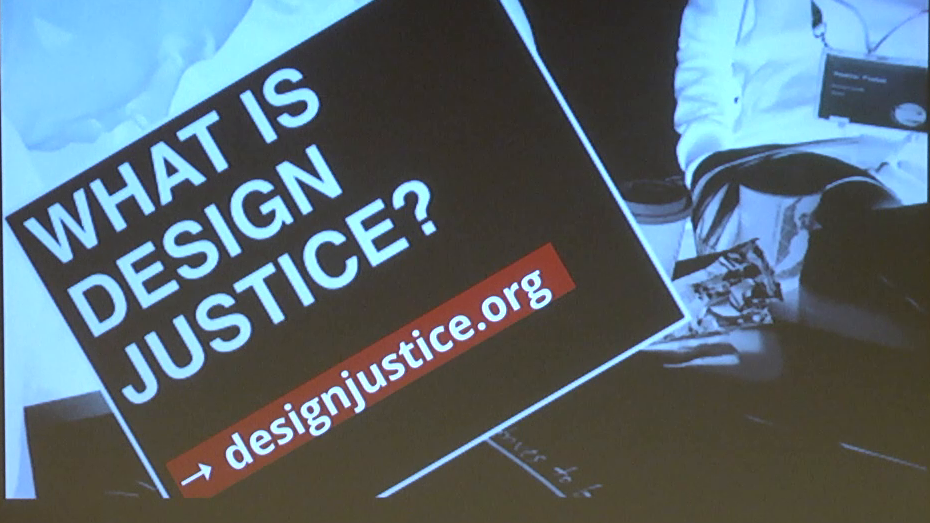
Sasha Costanza-ChockProject type
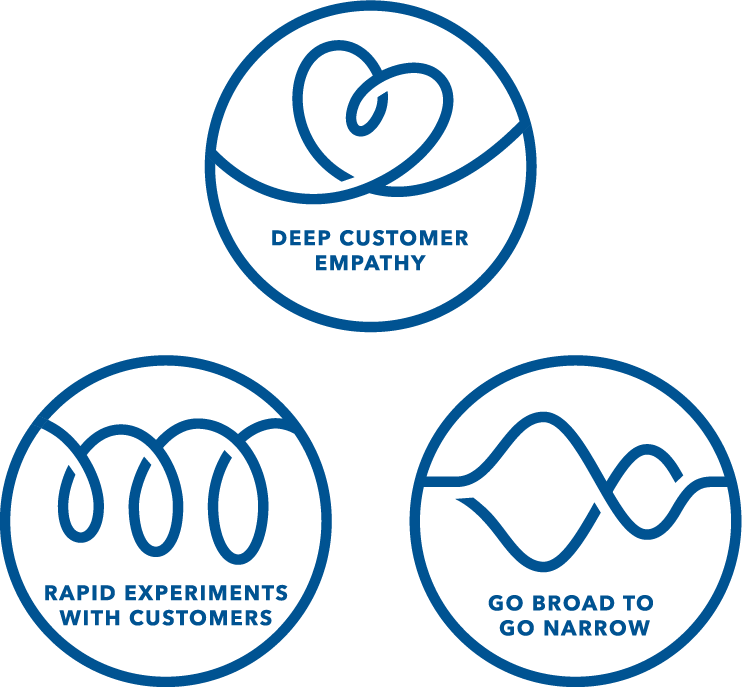
Kaaren HansonProject type
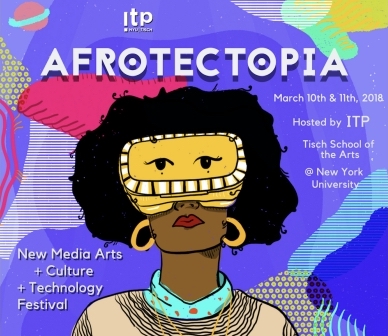
Ari MelencianoProject type

Mizuko Itoresearch
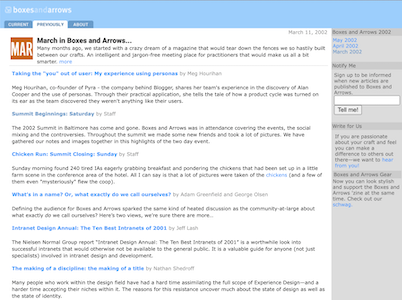
Boxes and ArrowsProject type

Mithula NaikCivic
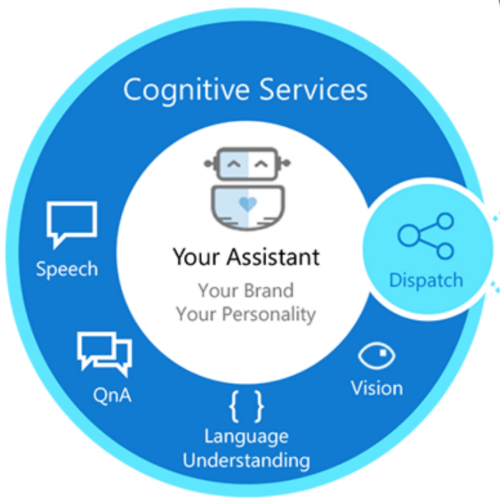
Lili ChengProject type

Ovetta SampsonProject type
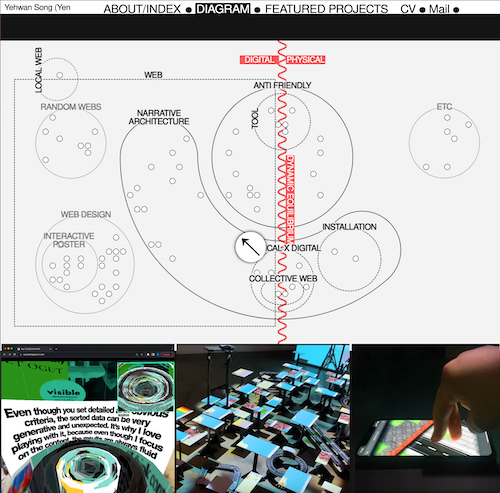
Yehwan SongProject type

Anicia PetersProject type

Simona MaschiProject type
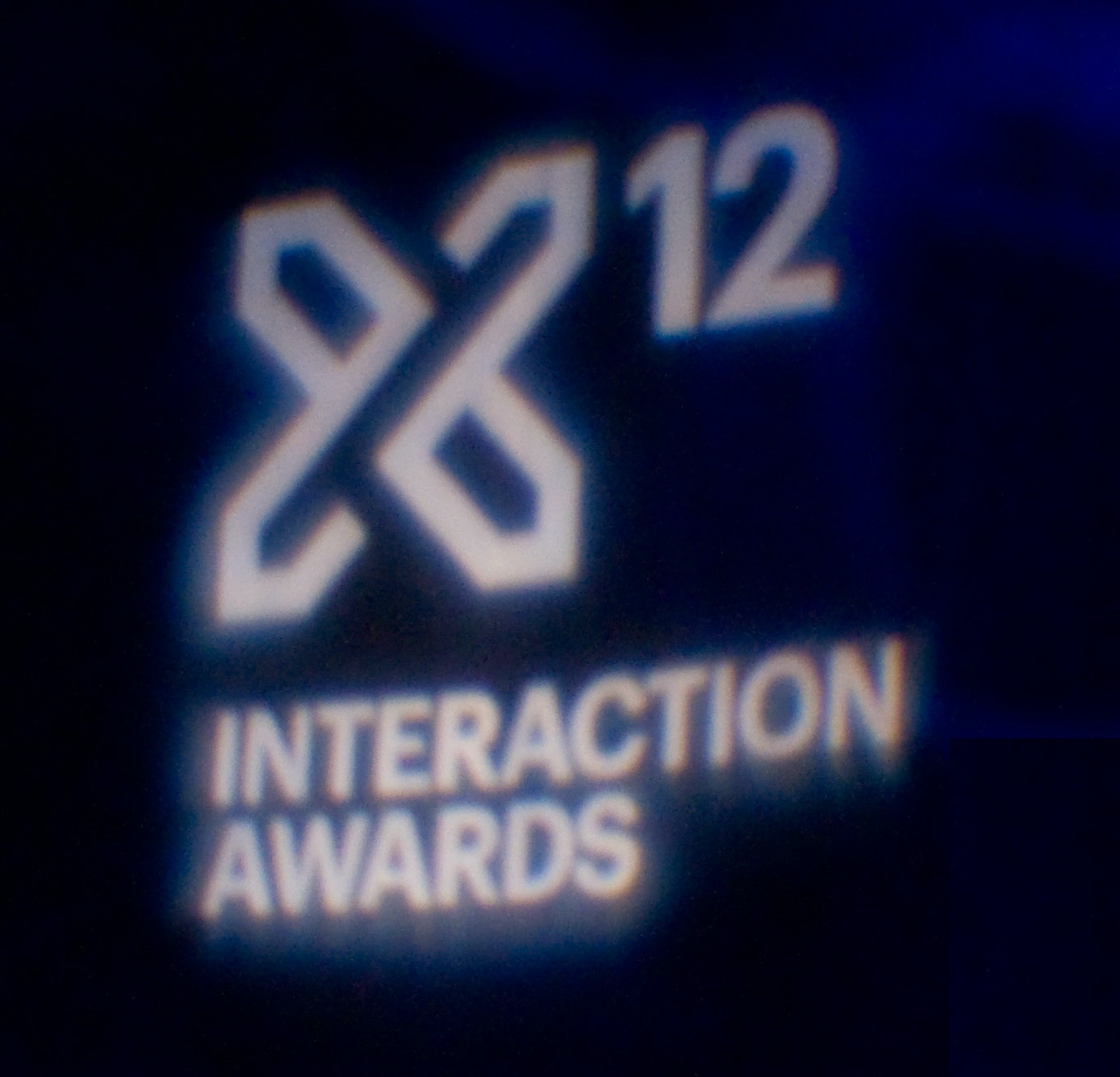
Jennifer BoveProject type
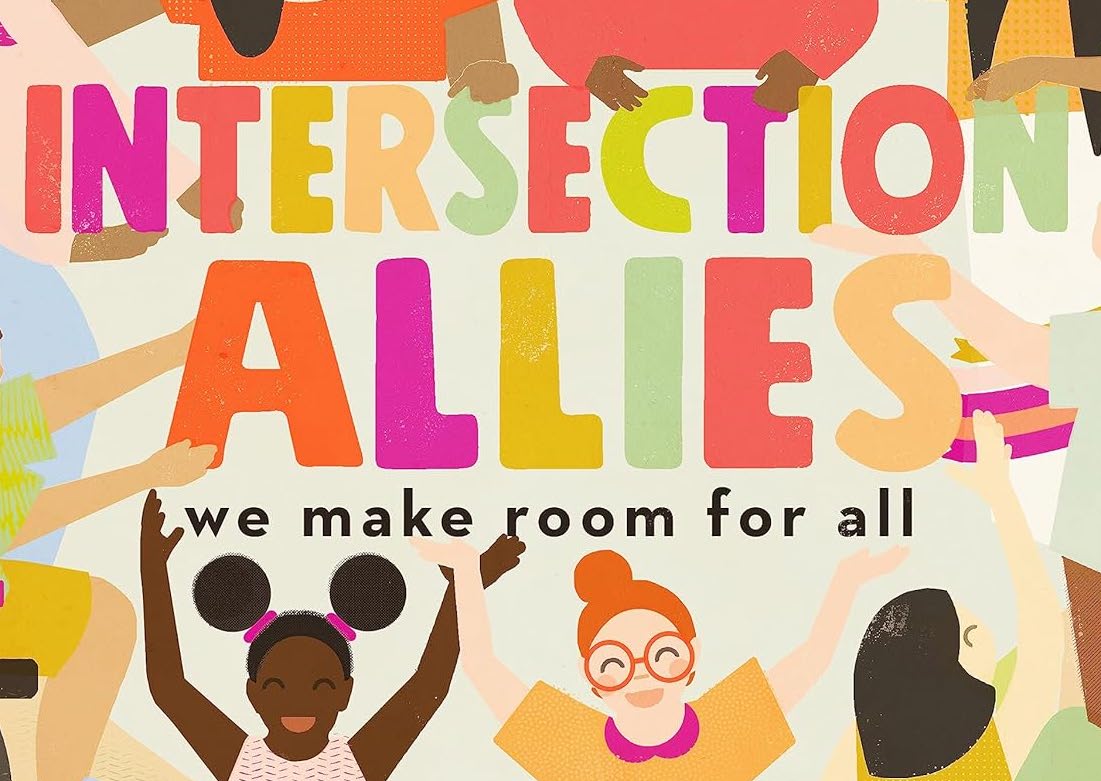
Chelsea JohnsonProject type
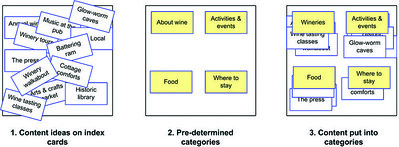
Donna SpencerProject type
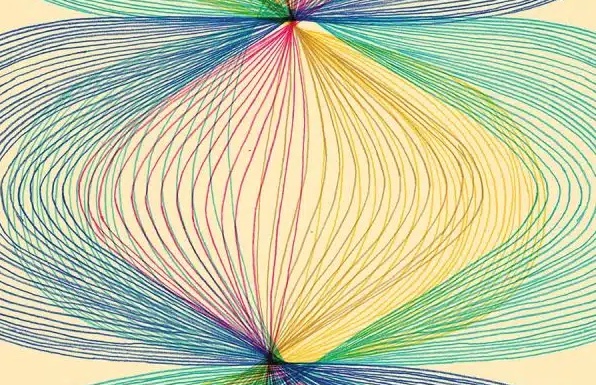
Lisa WelchmanProject type
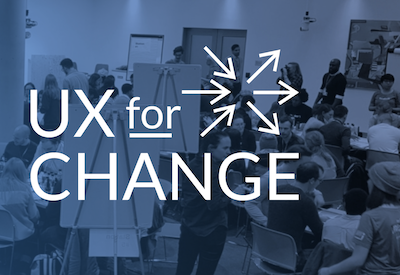
Sandra GonzālesProject type

Amelie LamontProject type

Mitzi OkouProject type

The Failings of the AIGAProject type
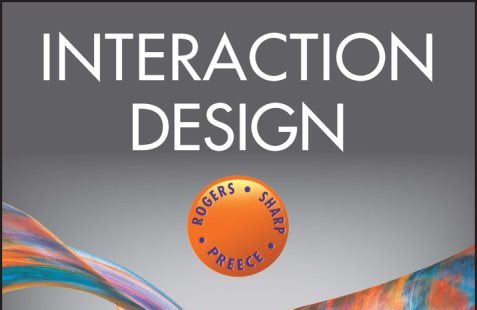
Jenny Preece, Yvonne Rogers, & Helen SharpProject type

Colleen BushellProject type

Aliza Sherman & WebgrrrlsProject type
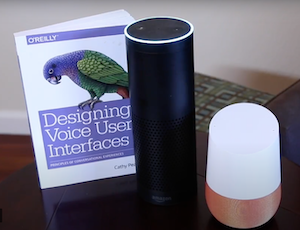
Cathy PearlProject type

Karen HoltzblattProject type
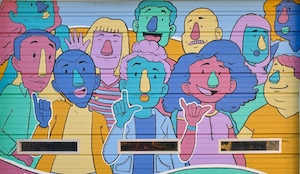
Sabrina DorsainvilProject type
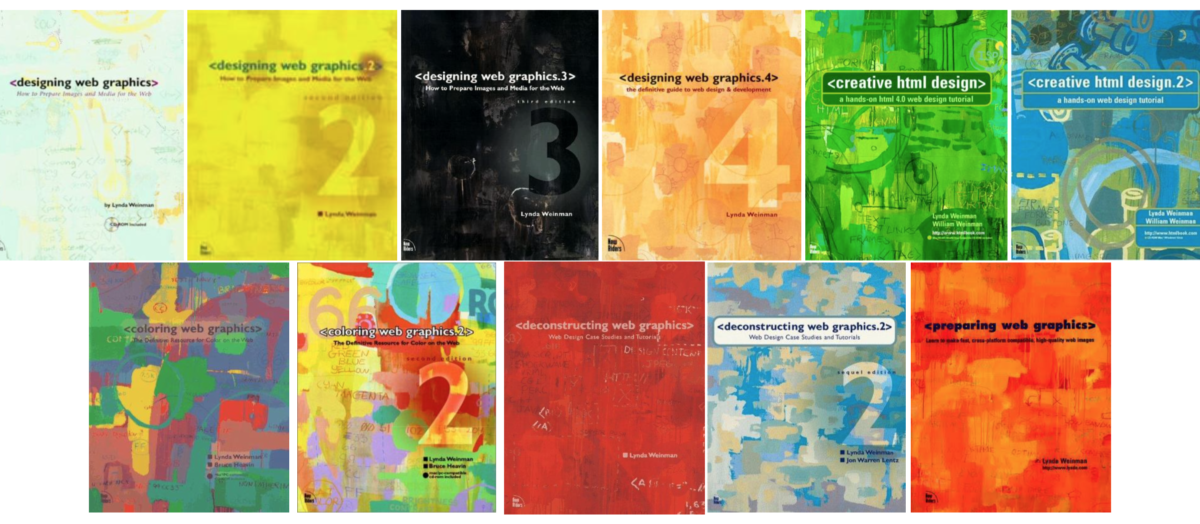
Lynda WeinmanProject type

Irina BlokProject type
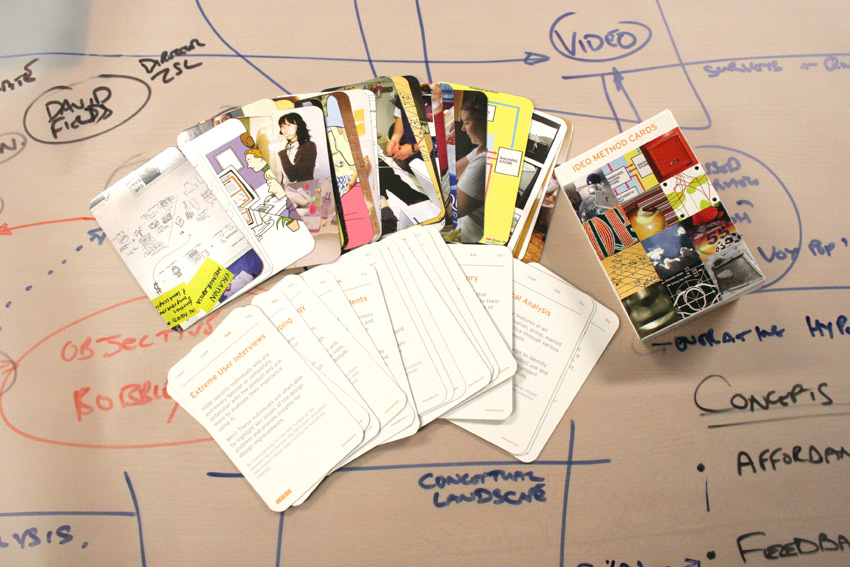
Jane Fulton SuriProject type
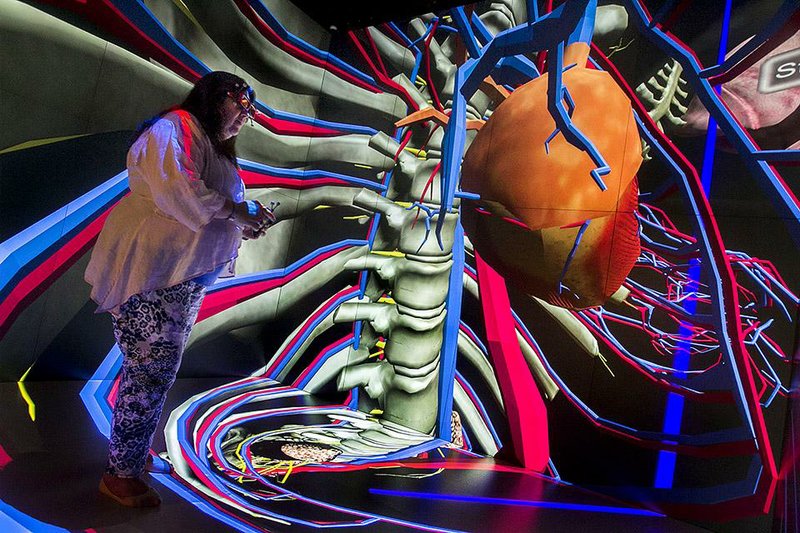
Carolina Cruz-NeiraProject type

Lucy SuchmanProject type
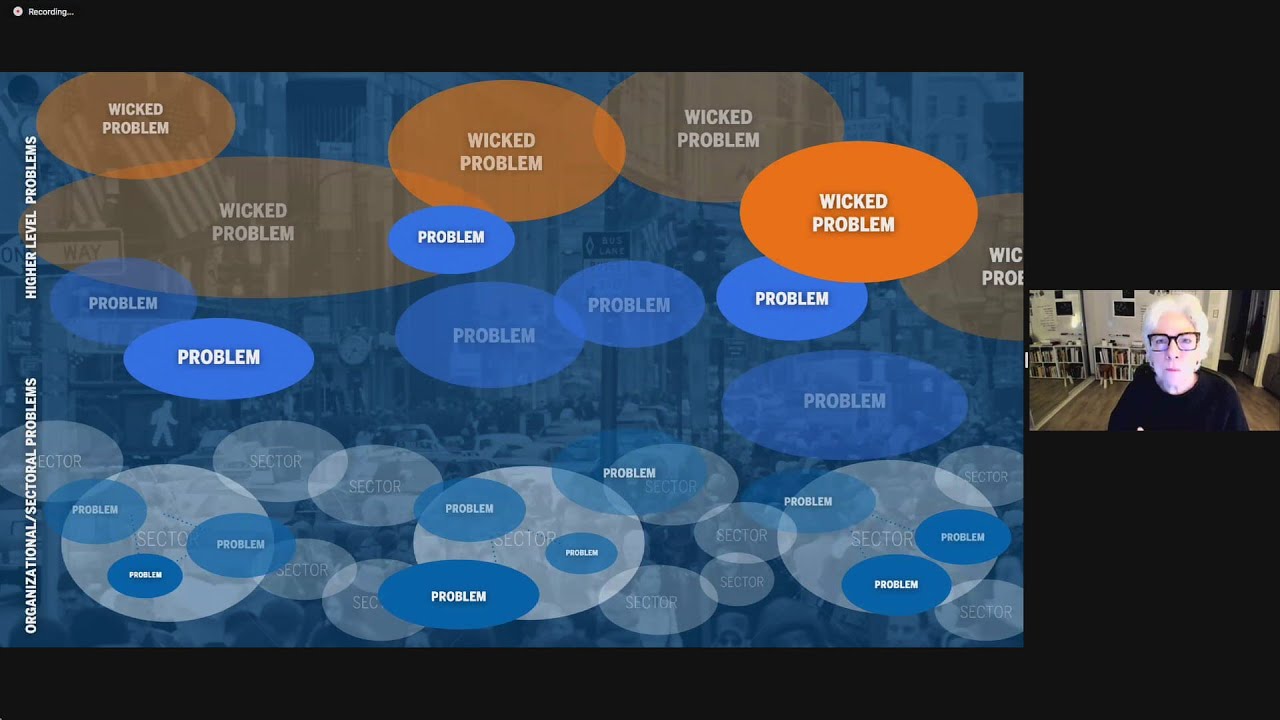
Terry IrwinProject type
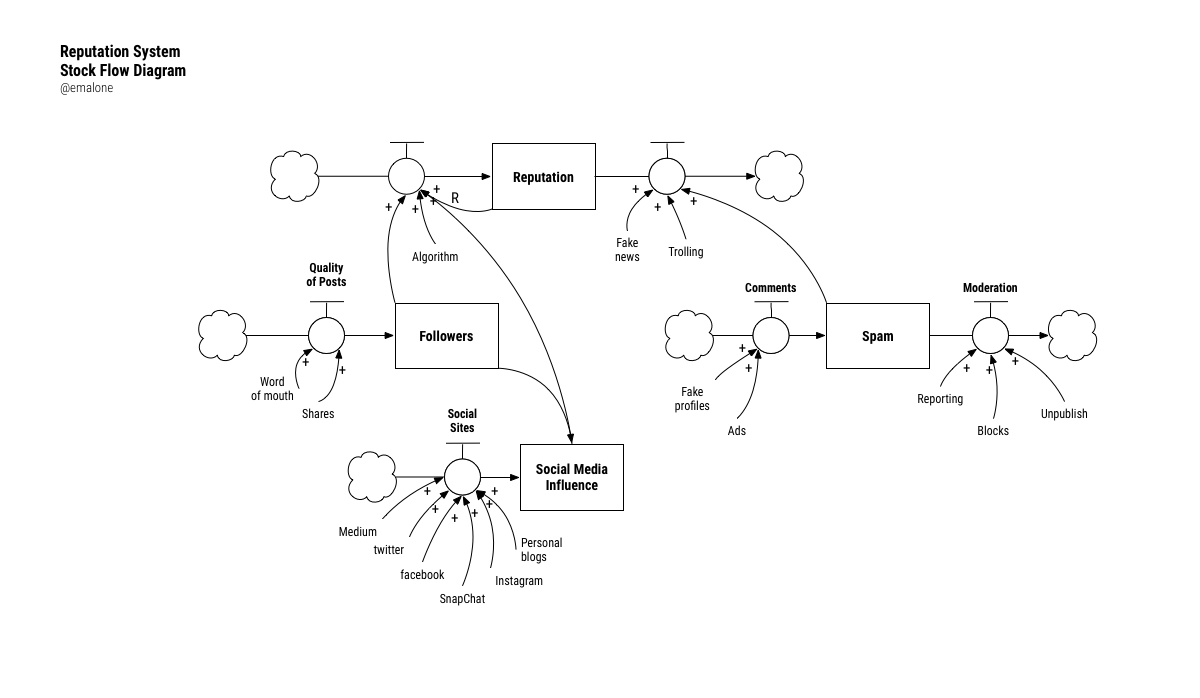
Donella MeadowsProject type
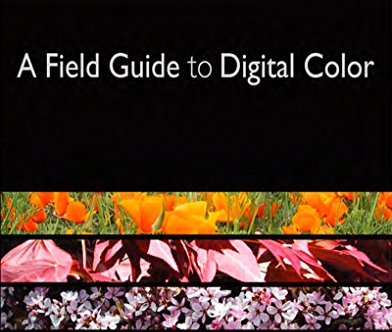
Maureen StoneProject type

Ray EamesProject type
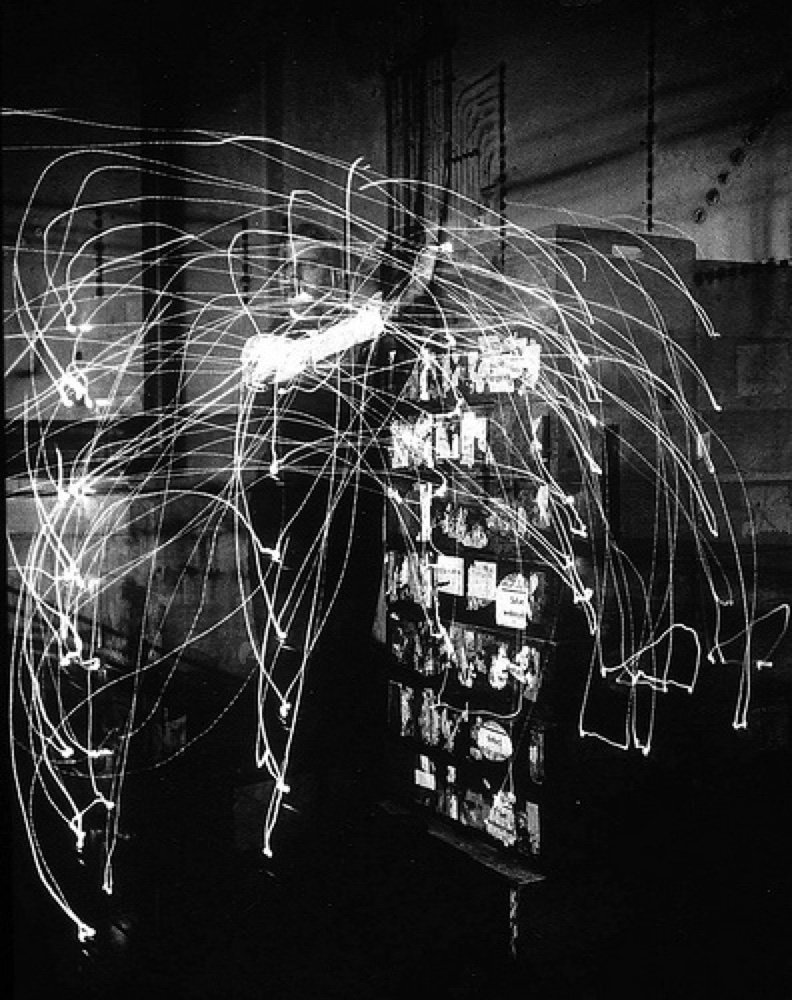
Lillian GilbrethProject type
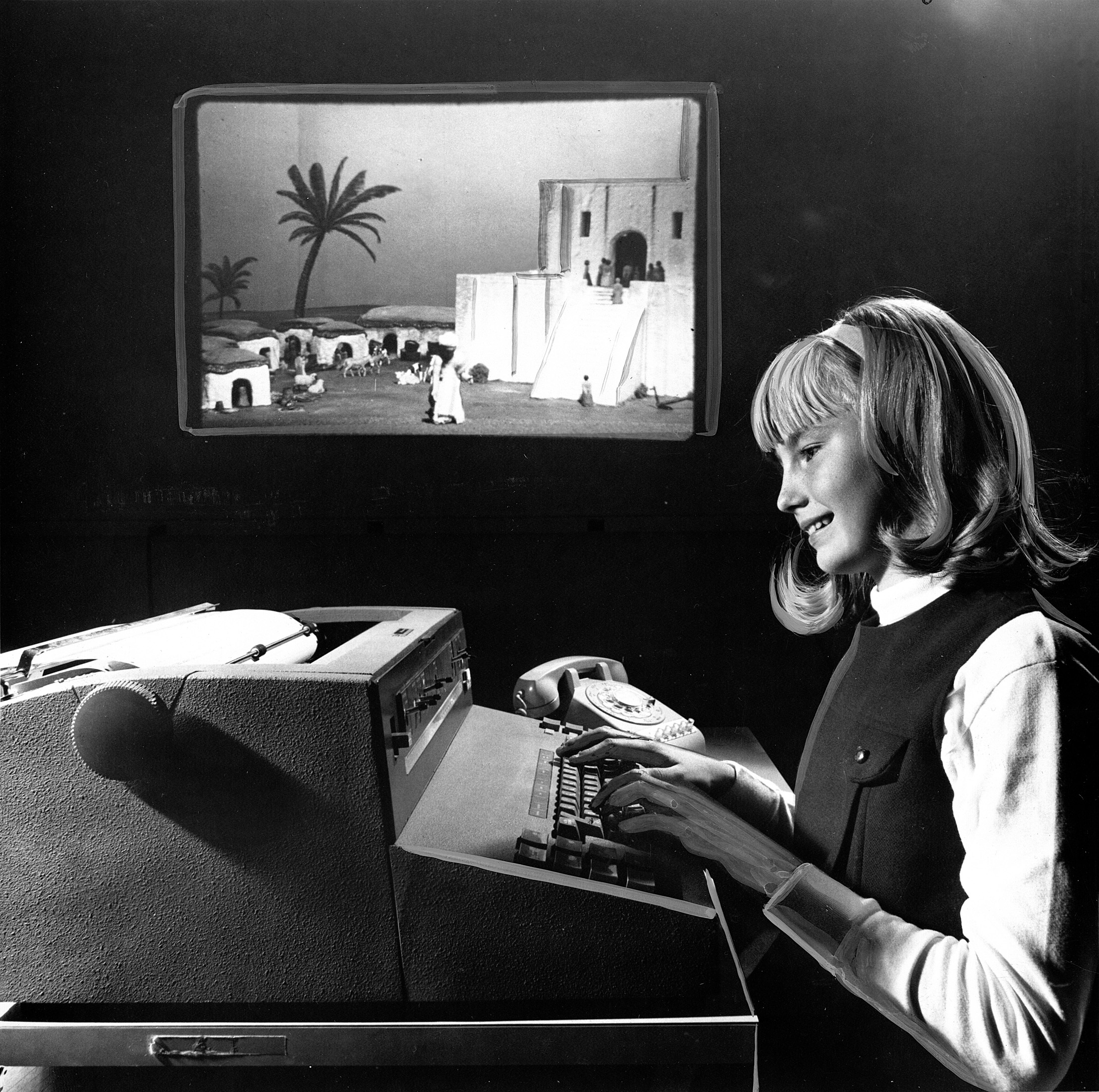
Mabel AddisProject type

Ángela Ruiz RoblesDesigner

